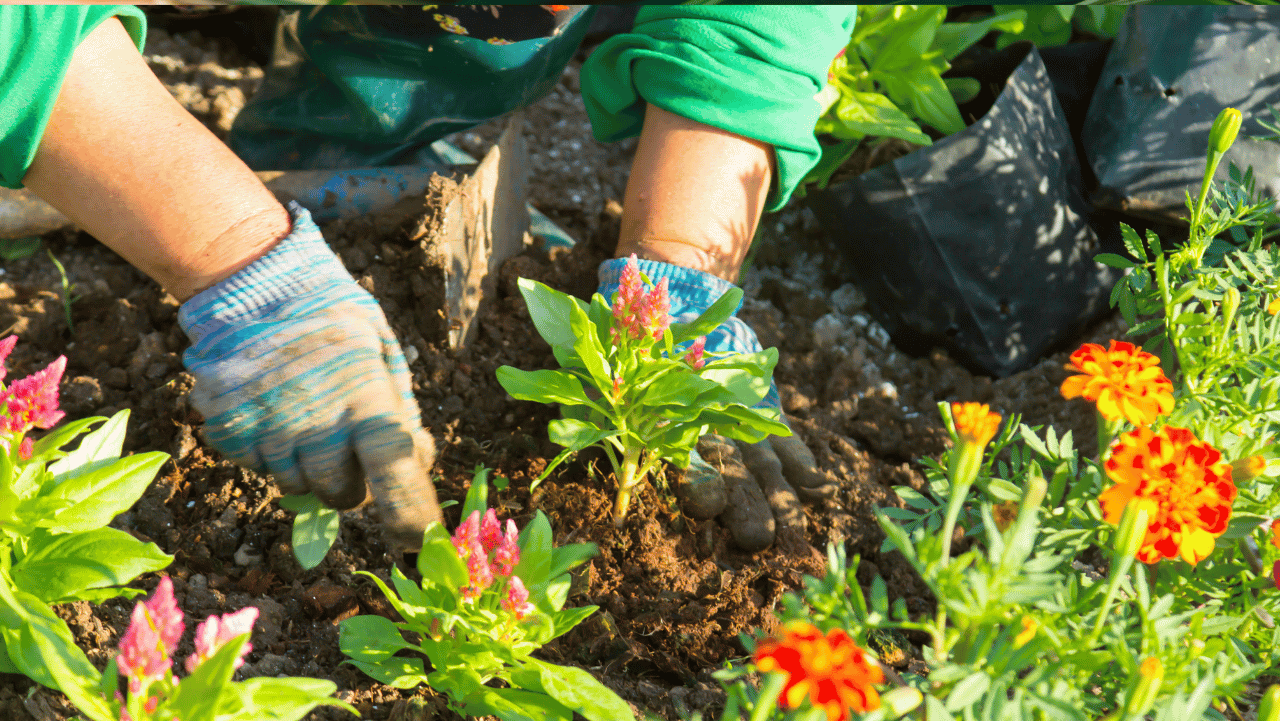Gardening doesn’t have to take up all your free time. With the right outdoor planters, you can enjoy plants without spending hours caring for them. People with busy schedules or limited space often look for simple ways to keep their gardens healthy. Choosing the right planter is one of the easiest ways to make gardening easier. The perfect planters can help plants grow well and reduce the amount of work needed.
Here’s how to pick the best outdoor planters for a garden that’s easy to take care of.
Pick the Right Material
Some outdoor planter materials are easier to manage than others. Each one has its pros and cons.
Plastic planters are light and strong. They don’t break easily, and they hold up well in rain. Most of them don’t need much cleaning. But over time, the color may fade if they sit in full sun every day.
Clay or ceramic pots look nice, but they can break if dropped. They also soak up water, which may cause cracks when the weather is cold. These concrete planters are heavier, too, so they’re harder to move.
Resin or fiberglass planters are a great middle-ground. They are light, tough, and can handle hot and cold weather. Many of them also look like stone or clay but don’t have the same issues. These planters are great for people who want something that lasts and is easy to clean.
Choose the Right Size
Size plays a big role in how easy it is to care for a plant. Bigger planters hold more soil, which means the soil stays wet longer. This means you won’t have to water as often.
Smaller pots dry out faster, especially in hot weather. If you like the types of plants that don’t need much water, like succulents, smaller pots might work fine. If you’re growing herbs, flowers, or small vegetables, medium to large planters are better.
Also, wide and deep planters help roots grow strong. That makes the plant healthier and lowers the chance it will dry out too fast. If you want your outdoor space to look more polished, take time to choose large planters that match your garden’s look. Whether you prefer something with a pop of color, modern, and rustic, the right large planter can add style while still keeping things easy to manage.
Don’t Forget Drainage
When water can’t drain out, plant roots can rot. That’s one of the most common reasons plants die.
Always check if the planter has drainage holes at the bottom. These holes let extra water escape so roots don’t sit in soggy soil. If the pot doesn’t have holes, you can place a smaller pot with holes inside it. That way, you get good drainage without giving up the look of the outer pot.
Some people add small rocks to the bottom of a pot, but that only helps a little. What really matters is having proper holes for water to drain out.
Match the Planter to the Plant
Not all plants like the same conditions. Some need dry soil, while others want more water.
For dry-soil plants like succulents or cacti, shallow clay pots work well. The clay lets water escape faster, so the roots don’t stay too wet.
Herbs like basil, thyme, and parsley do well in medium-sized planters with drainage. You can grow a few herbs together in a larger pot to save exterior space and time.
If you plan to grow small trees or tall plants, go for deep and sturdy planters. These plants need more soil and more room for their roots.
Think About Where the Planter Will Sit
Where you place the planter also affects how much care it needs. Sun, rain, and wind all make a difference.
On a patio or balcony, look for planters with trays or raised bottoms. That will keep water from staining the ground. If the area gets a lot of sun, lighter-colored pots are better. They reflect sunlight and help keep the soil cooler.
Windy areas are tricky. A strong gust can knock over a light planter. That’s why heavier planters, like stone or ceramic ones, work better in those spots.
Hanging planters and railing boxes look nice, but they dry out fast. If you want those, try picking self-watering options to make things easier.
Use Easy-Care Plants
Choosing the right planter is only half of the job. The type of plant matters, too. Some plants need a lot of attention, while others are happy with less.

Try starting with plants that don’t need much water or trimming. Here are a few simple options:
- Snake plants: Grow well indoors or outdoors and don’t need much water.
- Succulents: They come in a wide range of shapes and colors and are perfect for dry spots.
- Lavender: Smells good, loves the sun, and grows well in pots.
- Rosemary: Easy to grow, useful for cooking, and doesn’t need much care.
Picking low-maintenance plants makes the whole process easier from the start.
Final Thoughts
Low-maintenance gardening starts with smart choices. The right outdoor planter can make a big difference in how much time and energy goes into caring for plants. Pick a material that fits your space, choose the right size, and make sure there’s proper drainage. Also, match the planter to the kind of plant and where you plan to put it. Add a few helpful features, and growing plants becomes much simpler. With a little planning, anyone can build a garden that looks great without needing constant attention.




